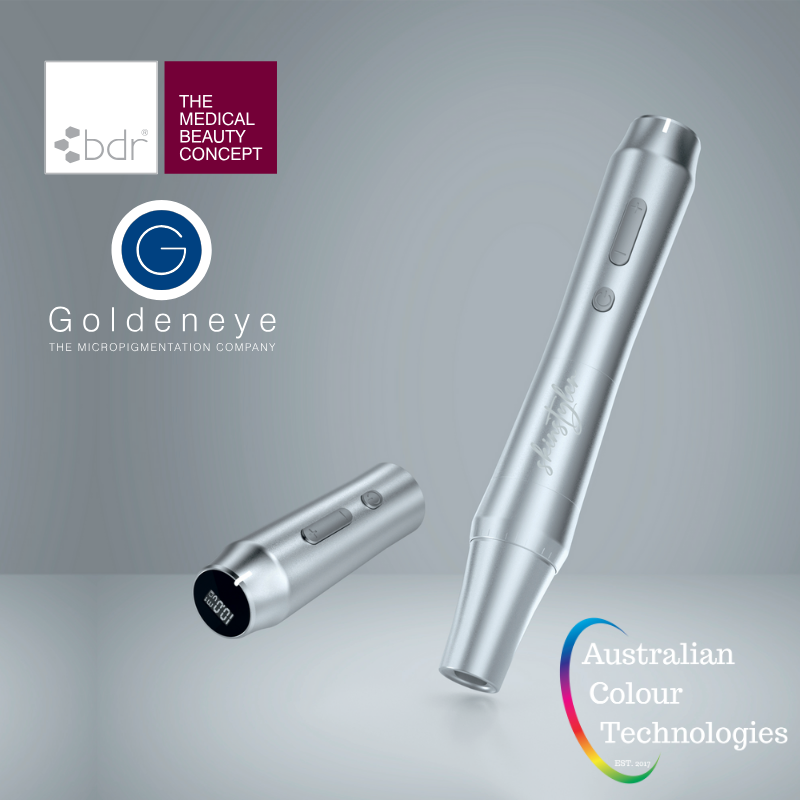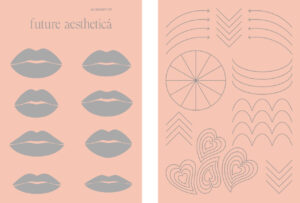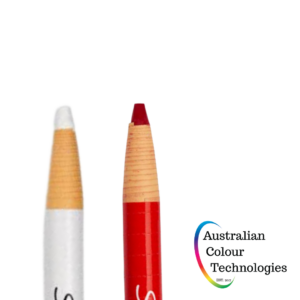MNT cartridges 42 P – Skin Needling
$67.27
In stock
Description
Box of 10 Cartridge Needles to fit the Goldeneye Skin Styler and MM Dermograph.
SKIN NEEDLING
– Regenerative and regenerating effect
– not degenerative like laser, radio frequency, plasma-pen or
Thermage -> “healthier” (especially for mature skin)
– Stimulates the skin’s natural regeneration
– Promotes collagen synthesis (type III & IV)
– Promotes blood circulation and nutrient absorption
– Improves skin texture
– Reduces skin abnormalities (scars, hyperpigmentation)
bdr MNT Module 42P SENSITIVE
– 42 fine needles ensure visible results
– Gentler than comparable needles
– Non-invasive and minimally invasive treatments
– Suitable for sensitive, thin and dry skin
MINIMALLY INVASIVE NEEDLING
Increased absorption of care products by the skin
– Hyaluronic gel or similar liquids act as a lubricant and increase
the penetration depth
– Most effective penetration depth 0.2 – 0.5 mm
– Apply no pressure when using a less tight and smaller needle
grouping (12s); set to very low needle penetration depth
– Apply light pressure when using a tight and large needle
grouping (36/42); penetration depth can be set to up to 0.5 mm
Increasing the tension by stretching the skin influences the penetration depth of the needles.
DERMATOLOGY
Minimally invasive and invasive needling (also known as microneedling)
uses fine needles to create tiny punctures in the skin.
From a dermatological point of view, the following processes occur:
1. Skin punctures: needles penetrate both top layers (epidermis) and/or
underlying layers of the skin (dermis) causing controlled punctures
2. “Inflammatory” reaction: these punctures trigger a natural
inflammatory reaction which releases cytokines, immune cells and
growth factors
3. Proliferation: the release of growth factors and cytokines promotes cell
division and fibroblasts, which are responsible for the collagen synthesis
4. Collagen and elastin synthesis: fibroblasts synthesise collagen and
elastin, two main components of the extracellular matrix responsible for
the structure and elasticity of the skin
5. Skin regeneration: the formation of new cells and the synthesis of
collagen and elastin make the skin sturdier, firmer and smoother,
resulting in an improved skin texture and a rejuvenated appearance
– Visible improvements after only a few hours
– Visible effects of Microneedling can take between 3 to 6 weeks to fully develop
– This is the period it takes to synthesis new collagen and elastin
– Multiple treatments may be necessary to treat pronounced scars or skin
disorders and to achieve optimal results
– We recommend 4 treatments every 10 – 14 days within a cure treatment for
maximum results (alternating minimal invasive and invasive)
– Repeat treatment every 4 – 6 weeks to maintain results
Effects of MNT Treatment
– Skin punctures may lead to minor bleeding
– Temporary redness
– Treated tissue feels extremely stimulated
– Downtime of 24 – 36 hours
– Increased need of care products (moisture and water)
– Treated skin is extremely thirsty (apply Recharge Products daily)
– Sensitivity to touch for several hours
– Sun sensitivity for at least 24 – 48 hours
– Minimal scabbing of sensitive skin or if skin has been treated intensively (can be
removed with an Octenisept soaked cotton pad after an hour)
– The skin may be flaky after a few days (-> apply bdr re-action at home)
Side Effects
Not every part of the face is suitable for a needling treatment:
1. Eyelids: the skin is very thin and sensitive; treatments in this area carry
an increased risk of injury especially to the cornea/eyeball
2. Lips: epithelial tissue is delicate and well perfused; this increases the
risk of bleeding and adverse effects
Tip: needling the vermilion border and lip lines, however, has positive
effects (special caution and superficial application only)
Caution
Not every part of the face is suitable for a needling treatment:
3. Pay attention to the arteries on the neck
4. Bony prominences are much more sensitive and increase the
penetration depth of the needle
• collarbone (clavicula)
• frontal bone (os frontale)
• zygomatic bone (os zygomaticum)
• lower chin (mandibula)









Reviews
There are no reviews yet.